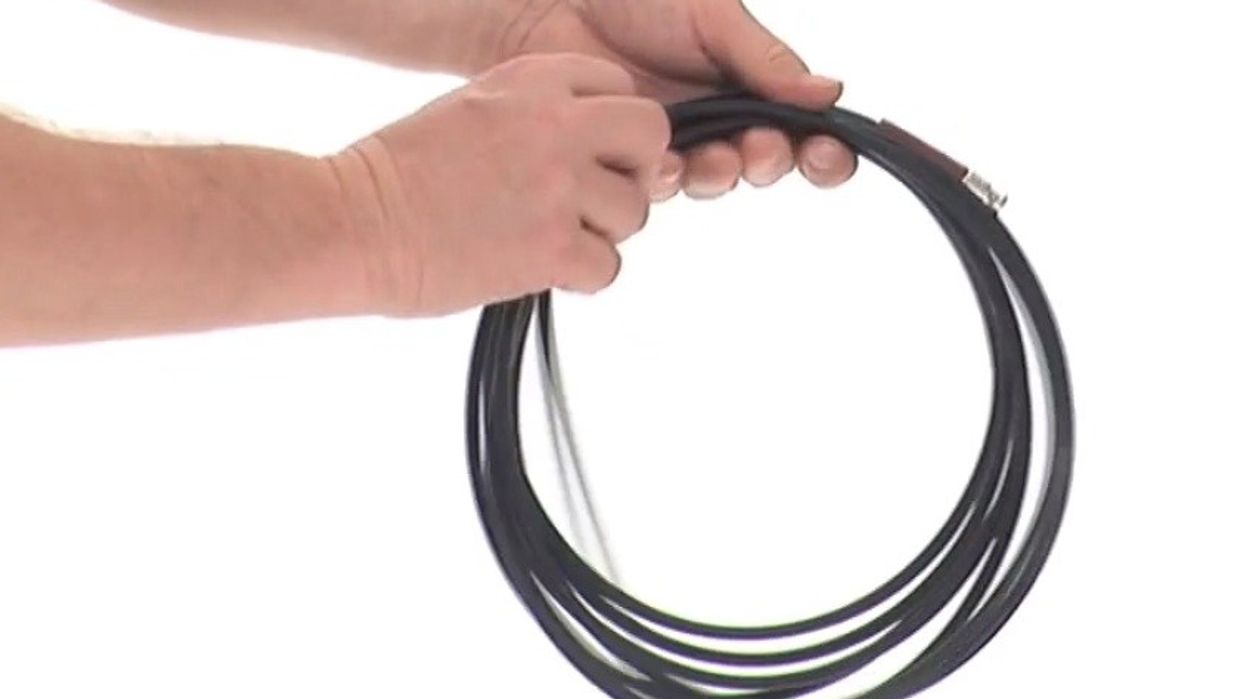A Beginner's Guide to Wrapping/Wrangling Cables the Professional Way

Being able to properly wrap or wrangle a cable is one of the most essential skills you can learn if you haven't been on a set before (assuming you do want to work in one of the positions in film that might actually involve being on set). While most people end up learning the hard way (by doing it wrong), you can get a head-start by watching the video embedded below and practicing on some cable you have sitting around your house.
This video was posted awhile ago by Evan at The Black and Blue, but it's a technique that is useful regardless of the technology you're using. Here are a few things he said to say about using over/under:
It will also, as mentioned above, decrease the lifespan of the cable. When you are leaving these cables overnight on carts, in cases, or in a truck, you want them to lay in their natural position so they remain usable. When you utilize the over/under technique, you’re making sure you can store the cables compactly and without damaging their internal design.
Lifespan, speed, storage, and safety are some of the major reasons that this is the proper way to wrangle cable, though it's definitely more crucial for cables that are very sensitive to being wrapped incorrectly, like XLR and video cables. While power cables might not be as sensitive to damage, using this technique will still apply for the other reasons, like speed, safety, and storage. As you wrap larger and larger cables, you won't necessarily be able to hold them in your hand, but you can still wrap them using the over/under technique by placing the cable on the ground.
A great tip from the video above is getting out knots. Bringing the entire cable through all of the knots does work (try it if you don't believe me), and it can save a tremendous amount of time from pulling each knot out individually.
If you've got any interesting stories about wrapping cables, share them below (I'm sure some of the older readers have some great ones).
[via The Black and Blue]











